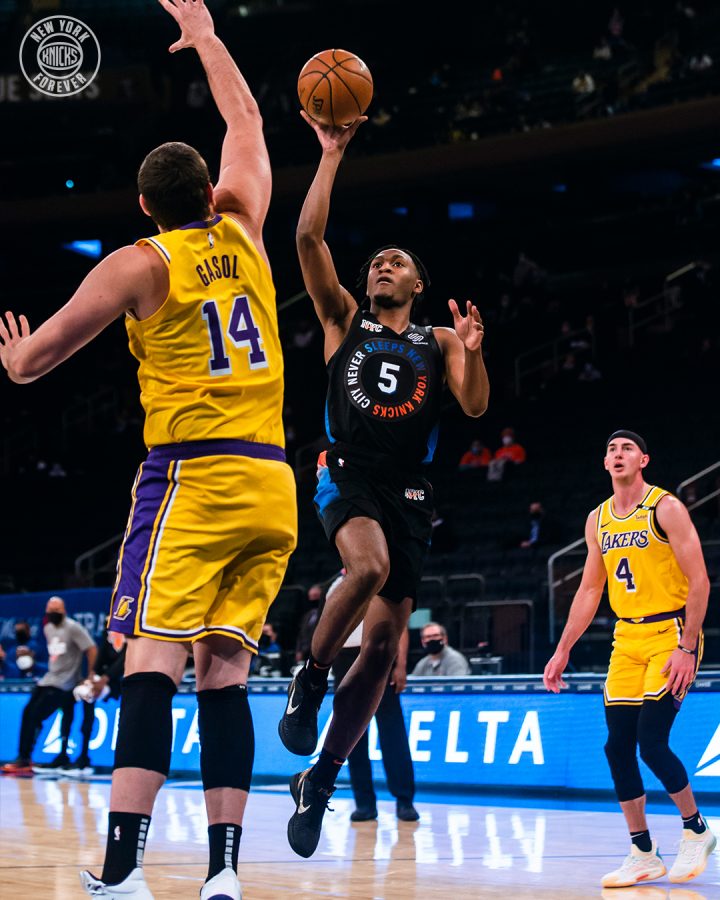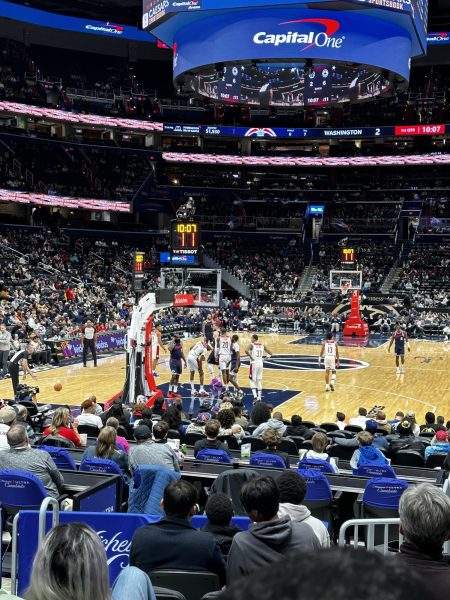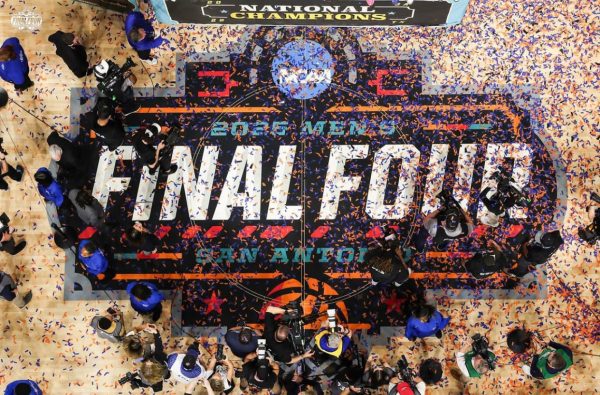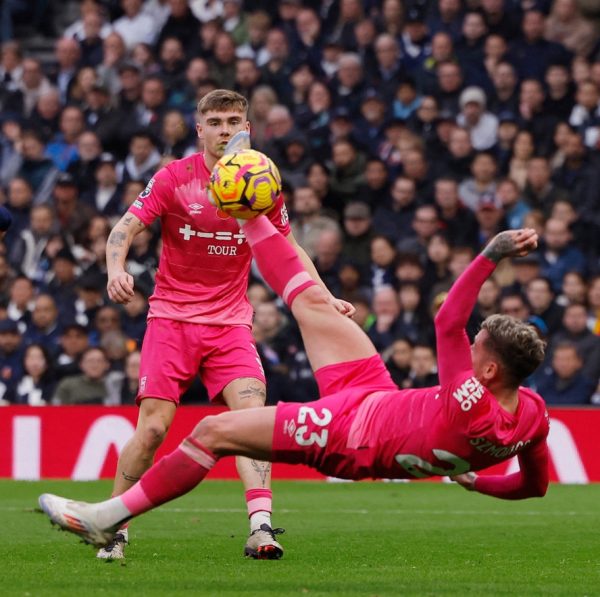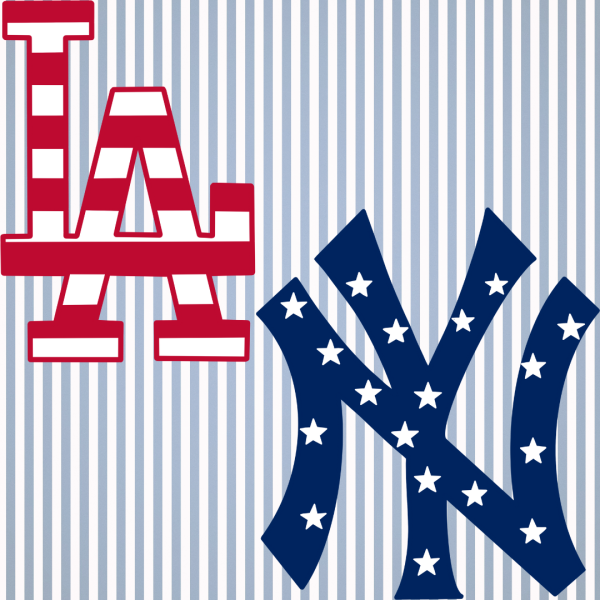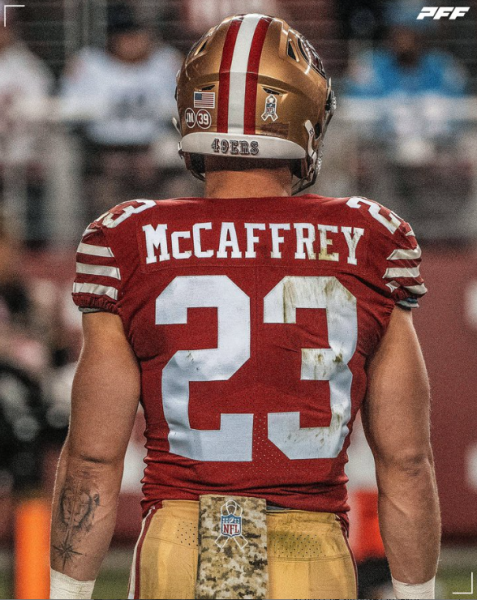The Knicks’ Biggest Postseason Obstacle Will Be Finishing Games
There is a different New York Knicks team hanging around the Eastern Conference this season.
Compared to the previous season, while shorter than standard due to the COVID-19 shutdown, it has seen its win total double what it was at a similar point last year. It has a great group of veteran leaders and young talent, both of which are being coached well under defensive guru Tom Thibodeau, whose schemes have them ranked number one in the league in defensive ratings. More importantly, the Knicks are hungry, playing for each other and find themselves in the middle of an extremely tight playoff race.
Making it even easier to root for this Knicks team is the way they’ve been competing to the bitter end of games with some of the best teams in the league. Over the past two months — but particularly the last three weeks — New York has seen a handful of games with the Brooklyn Nets, Philadelphia 76ers, Miami Heat and Boston Celtics conclude with a deficit of five points or less. However, the common denominator between all these closely contested games has been the Knicks’ inability to finish them out strongly, resulting in losses.
Whether it be losing a marginable lead in the fourth quarter or shooting ice cold in the final minutes of a tight knit contest, the Knicks have made top-tier opponents sweat only to completely lose their mojo in critical possessions and leave the arena heartbroken. In a couple of the games — notably with the Nets — the Knicks were presented with the final possession and a chance to steal a win but either turned the ball over or missed an open shot. The Knicks currently sit at 28-27 and eighth in the Eastern Conference standings where seeds 4-10 are separated by six games, making their several close losses the difference between sitting comfortably in the top four and feeling the pressure of staying in the play-in seeds.
This past week alone, the Knicks lost a pair of games to the Nets — the final game of a three-game season series sweep for the Nets — and the Celtics, both of which saw the Knicks build leads a few times only to loosen their game up, lose the lead and have to rely on last-second prayer shots to save them. In the Brooklyn game, Julius Randle was called on once again to make the big shot that ended in a brick. In Boston, RJ Barrett, who was shooting the lights out from three, fought to keep his team in contention, but poor defense and ball handling were the nails in the coffin.
As the NBA heads into the final weeks of the regular season, the Knicks’ goal is to win games with the prospects of making the playoffs for the first time in eight seasons. They are on track to participate by currently sitting in the eighth seed but would probably prefer to get into the top six seeds to avoid the play-in and a first-round visit with the Nets or Sixers. Learning how to close out games on the winning side is crucial if they want to accomplish either.
The first key to finishing close games must be increasing the consistency of their three-point shooting. The Knicks are currently averaging 38% from beyond the arc, but that number has not been reflective of some of their recent performances at even the individual level.
Randle, the team’s centerpiece relied on for double-digit scoring every game, has the ball in his hands often in the fourth quarter, but his ability to find good looks and capitalize off them can waver like his three-point FG percentage that’s had highs of 70% to lows under 20%. Barrett and Immanuel Quickley have also improved their deep range shooting respectively in their quest to become solid scoring threats for the Knicks, but even they have stints of a game or two where their shooting is awry, and the results show on the scoreboard.
Securing clutch free throws not only at the end of games but all throughout must also be an area the Knicks work on to give their offensive production a boost. The Knicks currently average 69% from the charity stripe, a very poor statistic that ranks last in the NBA.
The league average currently sits at 75% from the free-throw line, meaning the Knicks are missing a handful of free throws more than the average opponent. The Knicks have had a few games recently where they’ve collectively missed double-digit free throws out of their 23.5 attempts per game. As the NBA game has a flow like a see-saw and no lead is safe, free throws can make a huge difference.
With Thibodeau commanding the roster this season, there is no doubt the Knicks are a force to be reckoned with, and Madison Square Garden is no longer an arena where opposing teams steal the bright lights and roll through the Big Apple. Their defense has become suffocating and irritating to opponents, they are giving even the top-seeded teams in both conferences some trouble, and they play collectively from start to finish.
Yet, their inability to take care of the fundamentals to close out or secure important victories has cost them several games. While they may have shown they can handle business in recent games against the Raptors and Lakers, the Knicks would have another five or six wins had they been able to do this consistently.
The league has shifted from one where you can sit pretty at the start of the fourth quarter to one where the momentum can shift with the power of the three-point shot. Teams can combat this momentum shift with strength in the fundamentals. This will be the Knicks’ biggest lesson as they battle for each remaining game in a bid for a playoff berth.
They must always play to their strengths but work hard on maintaining the basic skills that define success in the modern NBA. If the Knicks do that, they will see the promise of the playoffs become reality.



































































































































































































